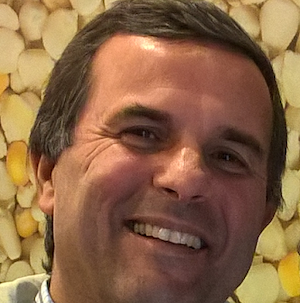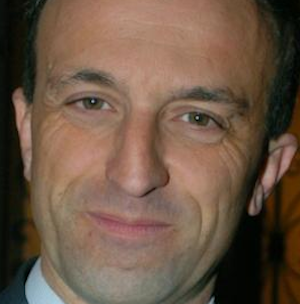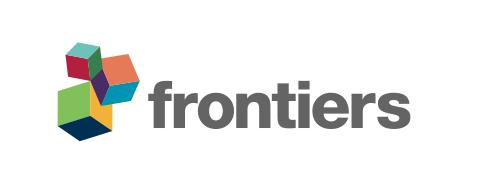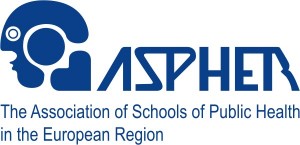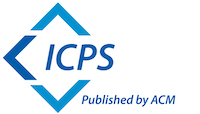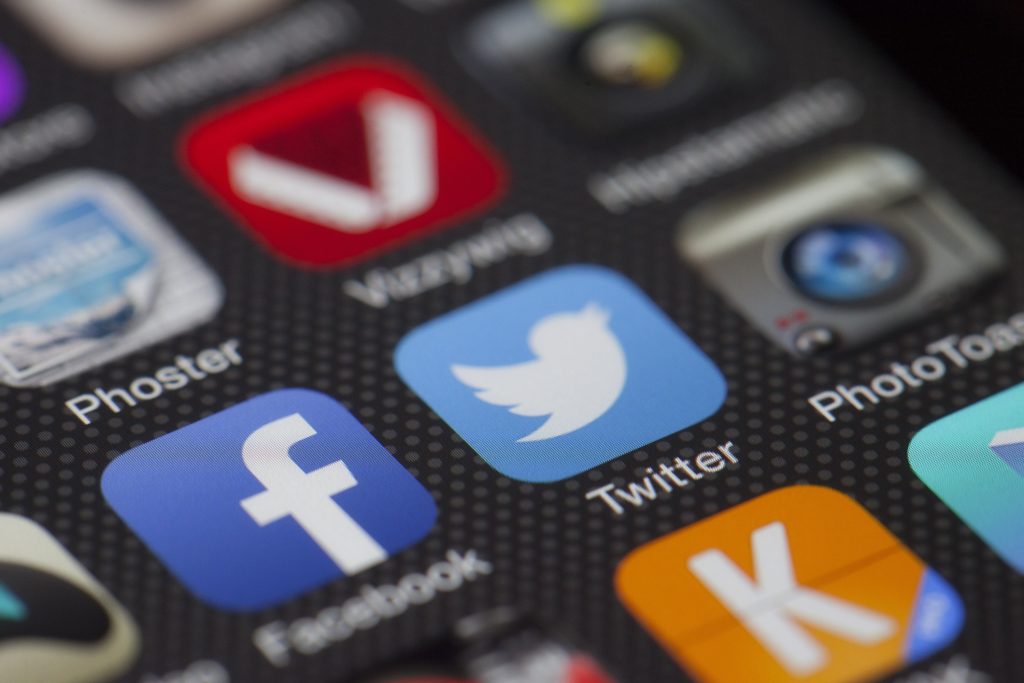
Coordinated by the DPH 2019 conference in collaboration with the EUPHA Health Promotion and Infection Diseases Control sections
Saturday 23rd November 2019 at 11:10 – 12:40, Callelongue Parterre
SESSION OVERVIEW:
Digital health has revolutionised healthcare, with implications for understanding public reaction to health emergencies and interventions. Social media provides a space where like-minded people can share interests and concerns in real-time, regardless of their location. This can be a force for good, as platforms like Twitter can spread correct information about
Ultimately, anti-vaccination movements have the potential to lead to outbreaks ofvaccine-preventable diseases, especially if refusal is concentrated locally, creating vulnerablepopulations. For example, 2018-19 saw a large increase in incidence of measles in the US andEurope (where cases tripled from 2017), two regions where the disease was already or almosteliminated. In 2019, the World Health Organisation listed anti-vaccination movements as one ofthe top 10 threats to global public health. HPV vaccination is another example of the impact ofanti-vaccination movements. As viral videos originating on YouTube spread across socialnetworks, uptake has tumbled in a number of countries, with Japan, Denmark, Colombia andIreland being badly hit.
In Japan, the government came under sufficient pressure that they de-recommended HPV vaccine, seeing an 80% uptake rate fall below 1% in 2014. There have been reports of successful interventions by national governments. A recent campaign run by the HPVAlliance (a coalition of some 35 private companies, charities and public institutions) in Ireland has seen rates below 40% back up to a national average of 75%. A combination of hard-hitting personal testimonials, social media and traditional media promoted the HPV vaccine. Despite this, systematic engagement and supranational strategies are still in the early stages of being formulated. As misleading information spread through social media and digital networks has undesirable impact on attitudes to vaccination (and uptake rates), urgent actions are required. Analysis and visualisation techniques mining data streams from social media platforms, such as Twitter, Youtube enable real-time understanding of vaccine sentiments and information flows.
Through identification of key influencers and flashpoints in articles about vaccination going viral, targeted public health responses could be developed. This roundtable discussion will showcase different ways in which media and social networks, accessible in real-time provide an opportunity for detecting a change in public confidence in vaccines, for identifying users and rumo
SPEAKERS:
